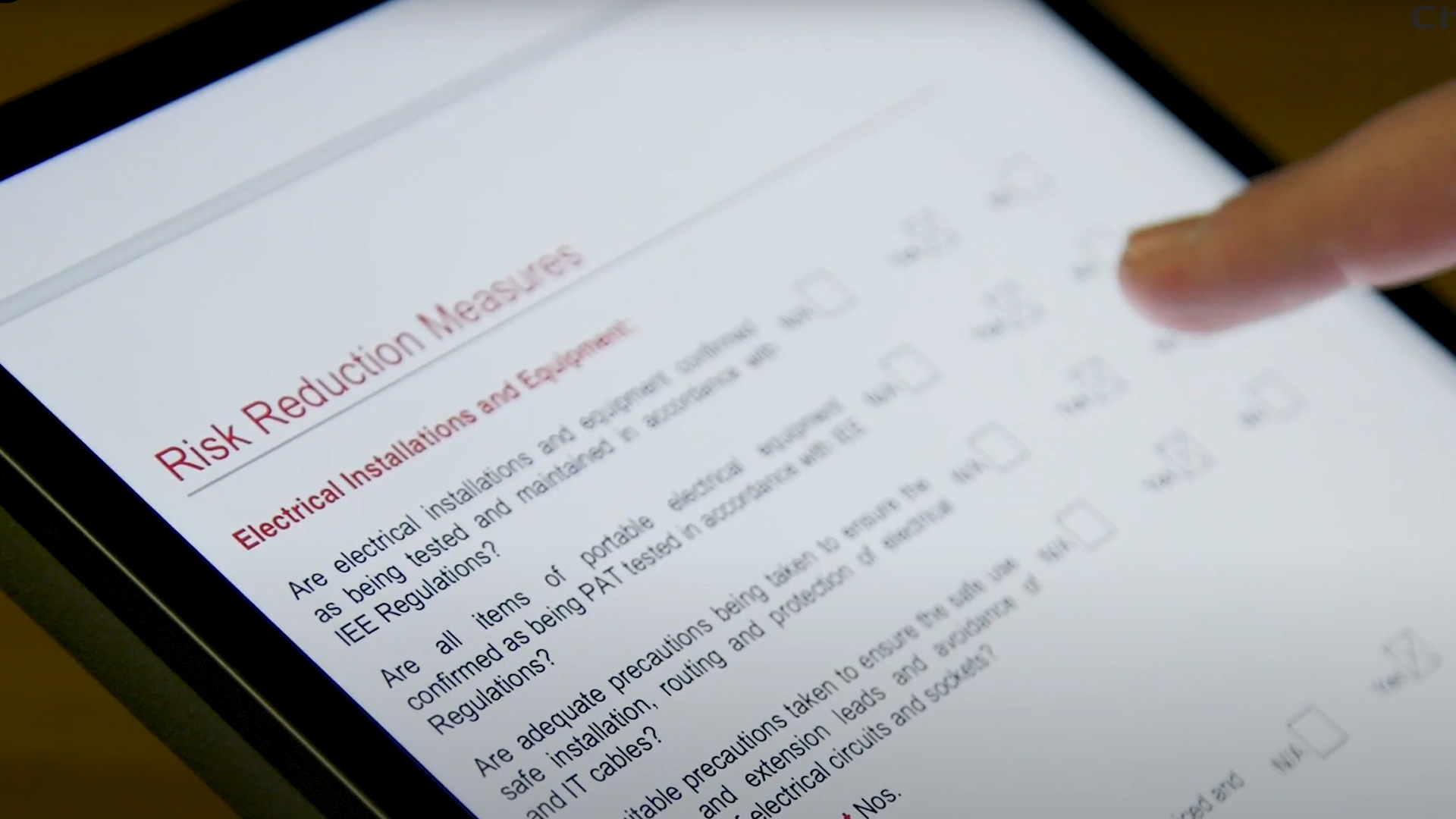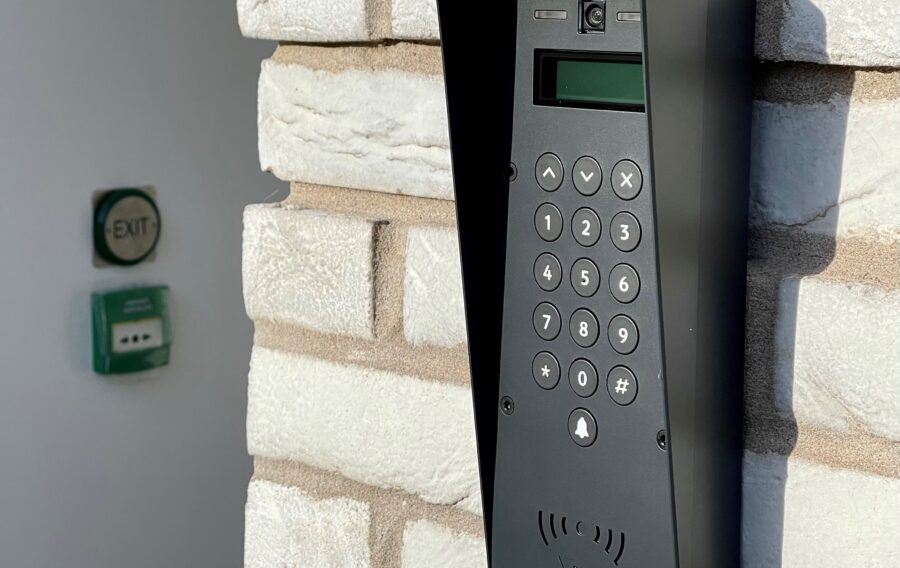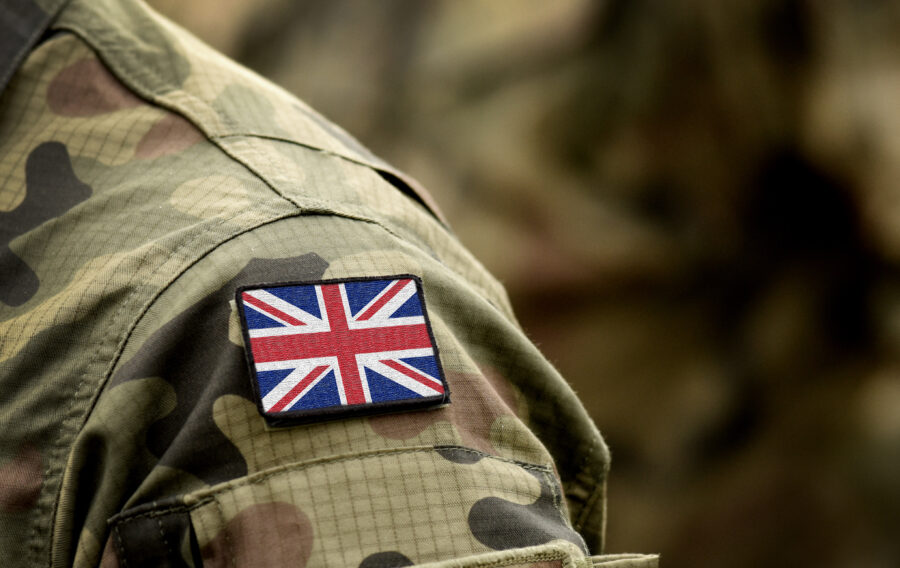Churches Fire & Security works with companies of all shapes, sizes and industries all over the UK to protect staff, visitors and assets from the risk of fire. We partner with retailers to ensure that fire safety is addressed to the highest standards, implementing a proactive approach to compliance to ensure that risks are minimised.
Should a fire break out, we make sure that you are prepared and protected with the highest standards of safety equipment. In the event of a fire, a quick response from trained individuals can have a huge impact on how quickly people are able to evacuate the building, how efficiently the fire can be contained or extinguished, and the extent of the damage caused by the fire.
We work with retailers to provide advice and training on the key steps to act upon should a fire break out such as operating the fire alarm, contacting the emergency services, and, if possible, using fire extinguishers to suppress, contain or extinguish the fire.
Fire risk assessments in retail
Fire risk assessments are key documents to help you reduce the potential for fire, which should be undertaken by trained professionals. The assessment will include guidance as to training, plans, equipment and maintenance, to ensure that your business is fully-compliant.
Sufficient care and diligence towards proactive fire safety can lead to great savings should your business suffer the devastation of fire. With over two decades of experience in the fire safety sector, we have compiled 10 fire safety guidelines for retailers to observe.

Retail fire safety guidelines
1. Ensure stock rooms are free from combustible items such as loose packaging or empty boxes. Stock should be kept at a suitable distance from lights and heat sources.
2. Maintain clear escape routes to ensure optimal evacuation. Never allow emergency exits or escape routes to be blocked by stock. Temporary blockages when deliveries are taking place should be cleared as soon as possible.
3. Regular checks of your electrical intake cupboards should be undertaken to ensure that the area is clear from any obstruction and that the door is kept locked.
4. Fire exit doors should be checked daily for ease of opening and full closure. Clear ‘fire exit – keep clear’ signs should be displayed on the outer face of the door.
5. A minimum space of 45cm/18 inches should be observed below each automatic detection system or sprinkler head in order for systems to operate effectively. Regular checks should monitor that a sufficient gap has been maintained.
6. Regular testing and maintenance of fire safety equipment should be prioritised and recorded in a log book. Faulty equipment should be fixed or replaced as soon as possible.
7. All staff (whether full-time, part-time or temporary) should be made aware of the fire evacuation procedure. At least one fire drill per year should be practiced for all staff.
8. In staff kitchens, toasters should never be left unattended when in use and should regularly be cleaned of crumbs. They should be kept a suitable distance from paperwork and flammable materials.
9. The flow of people through your shop should be regularly monitored. If you find that people are having to queue to use the stairs or access the shop floor at busy times then you cannot guarantee safe evacuation in the event of a fire. Customer safety is your responsibility, so think about implementing a safety management plan for busy days.
10. Fire extinguishers should be easy to locate, maintained, and securely attached to the wall or mounted on a stand. Checks should be carried out to make sure that extinguishers have not come away from the wall or been vandalised.
Get in touch to discuss how we could partner with your business to ensure full compliance, maintaining safety for your staff, customers and assets.
Contact Us





